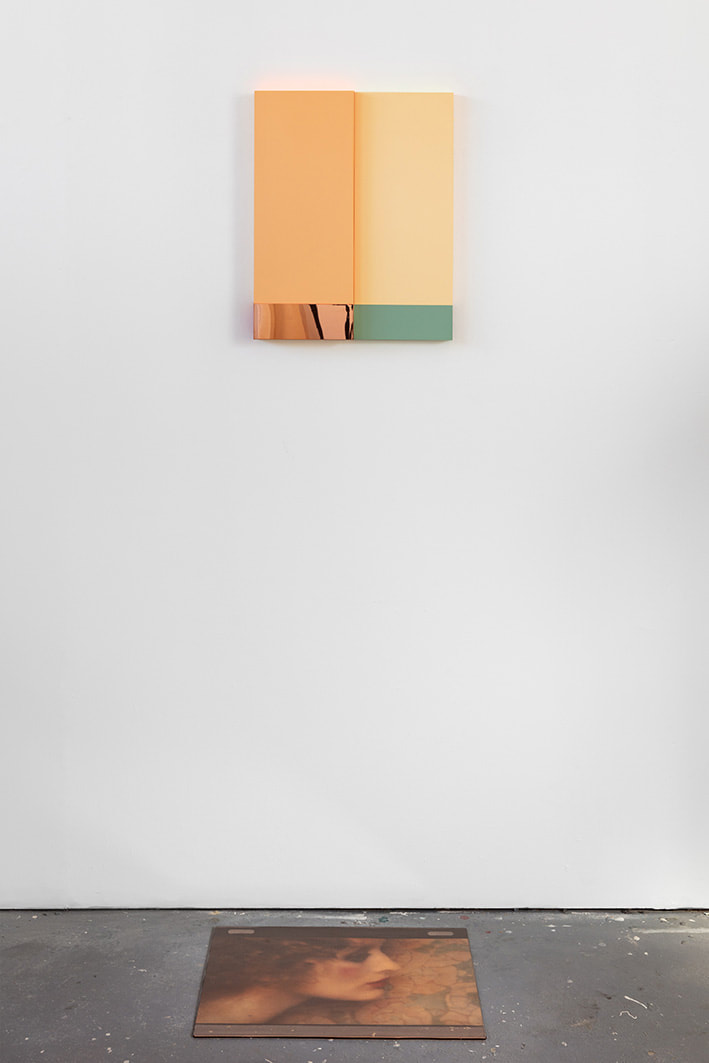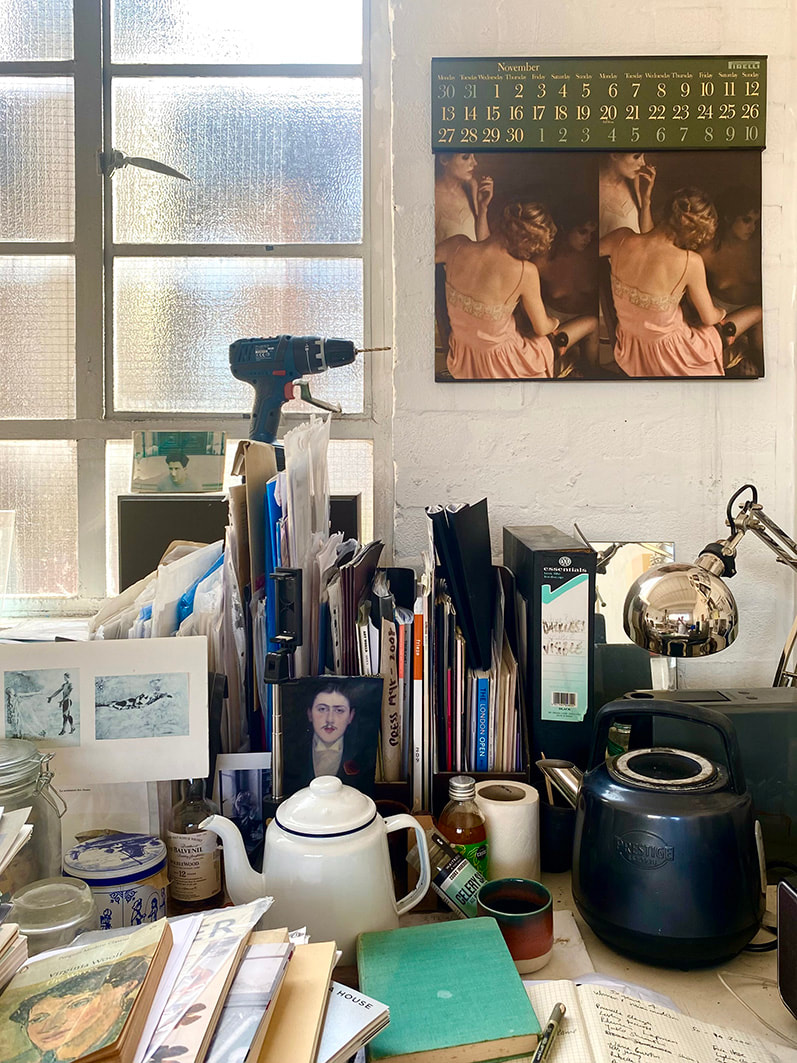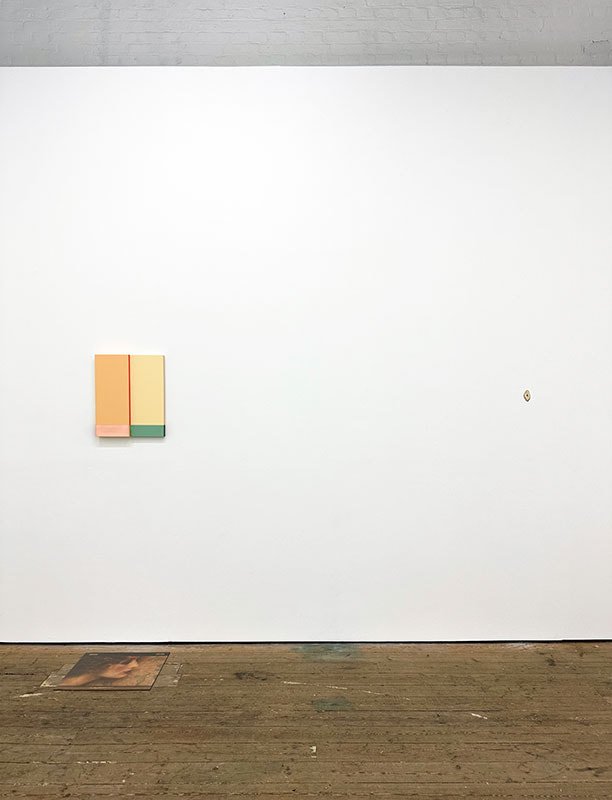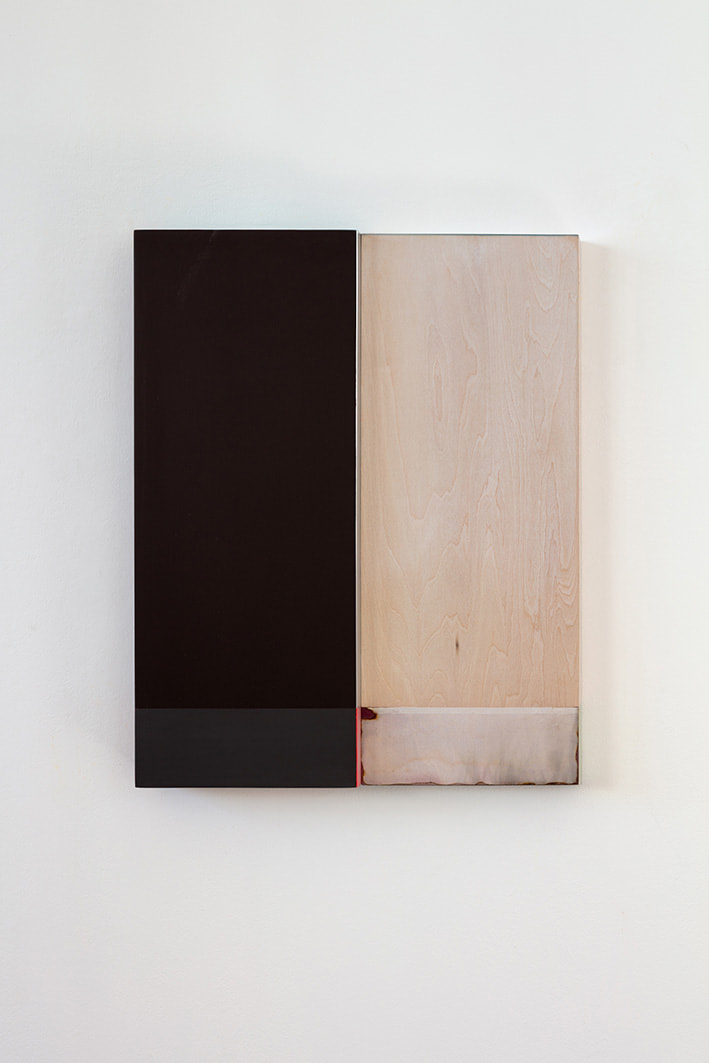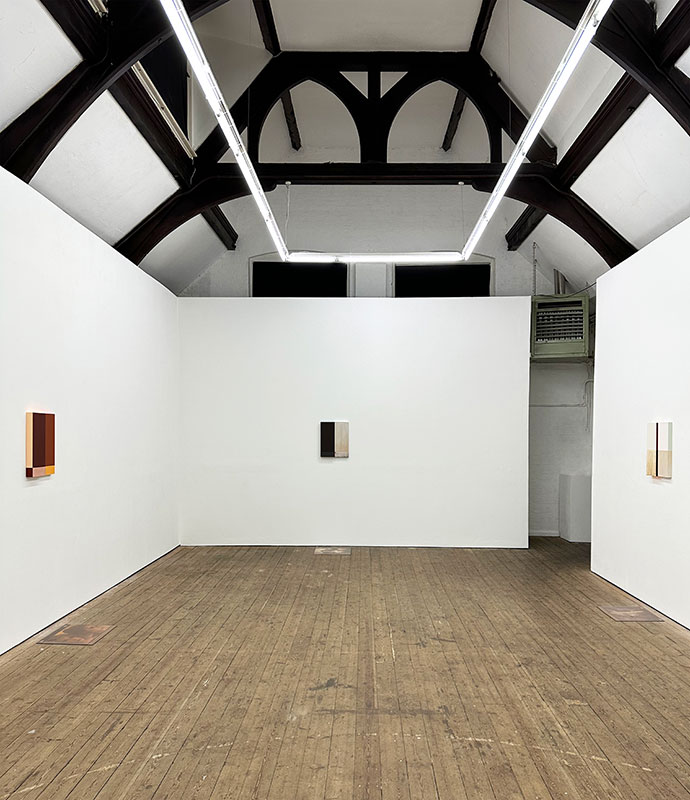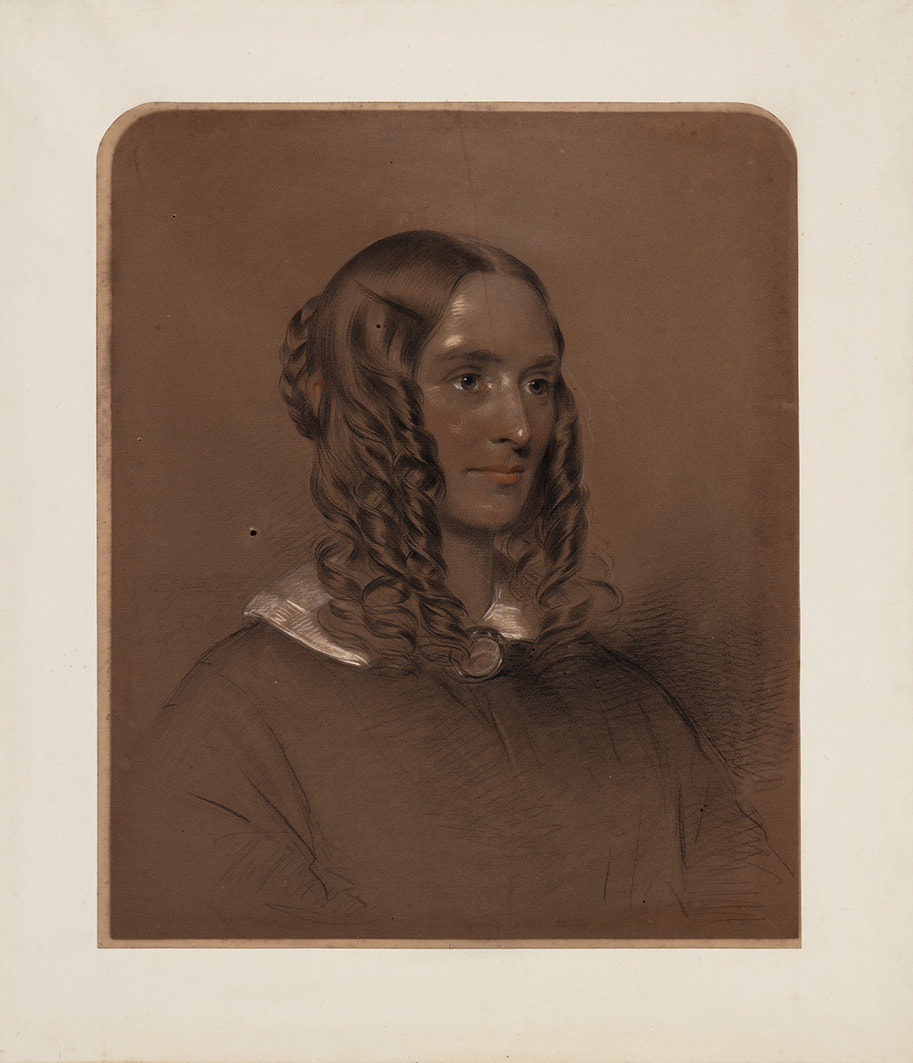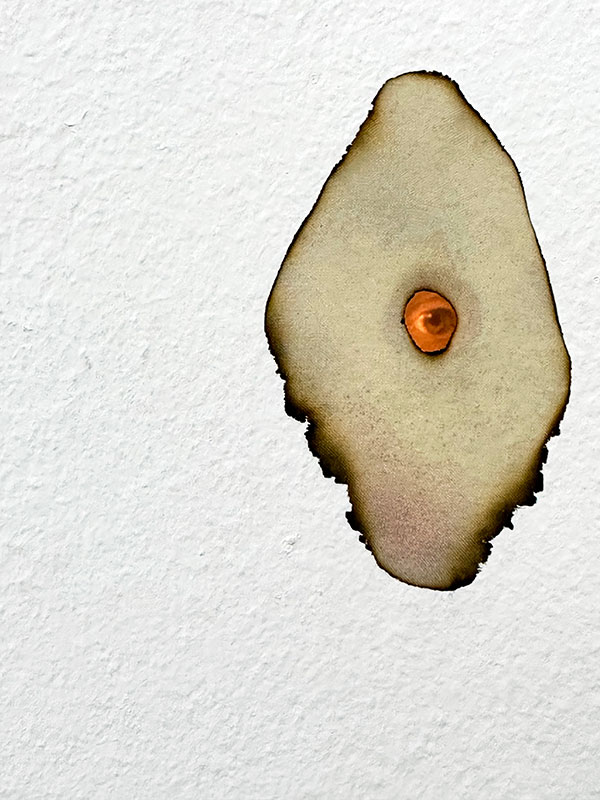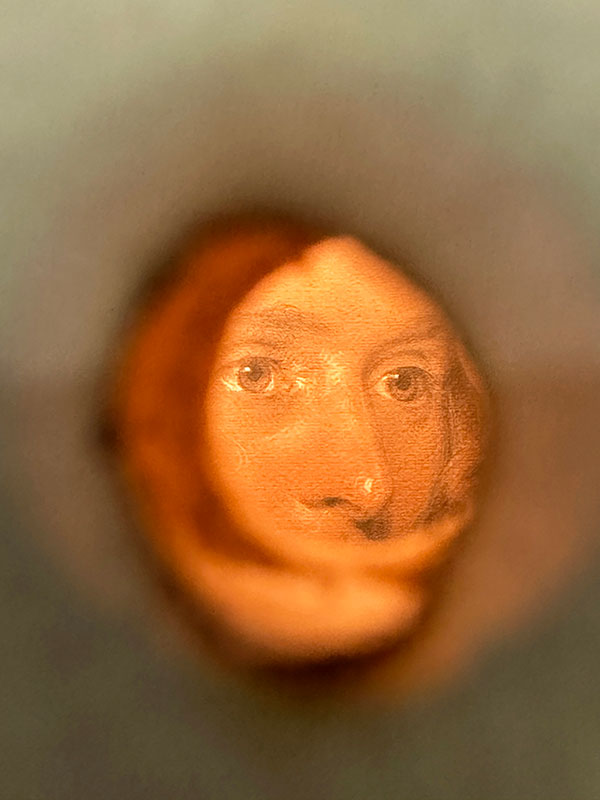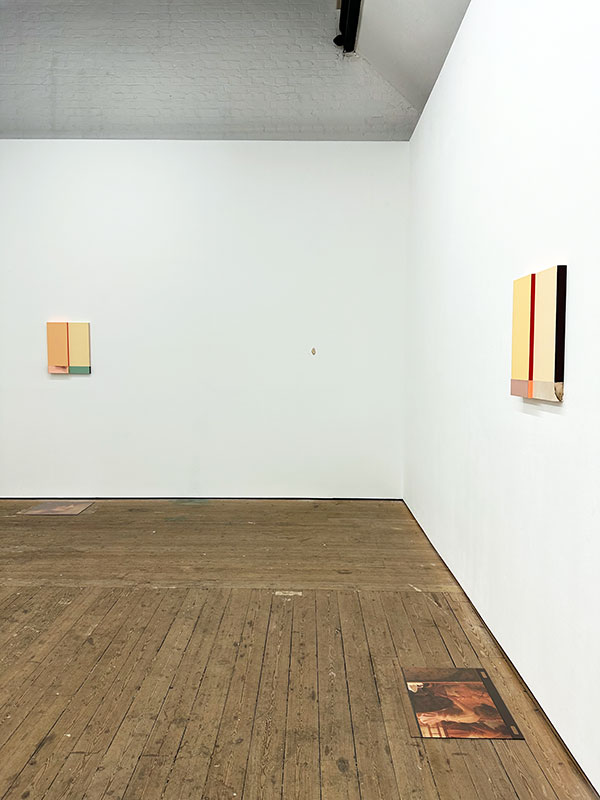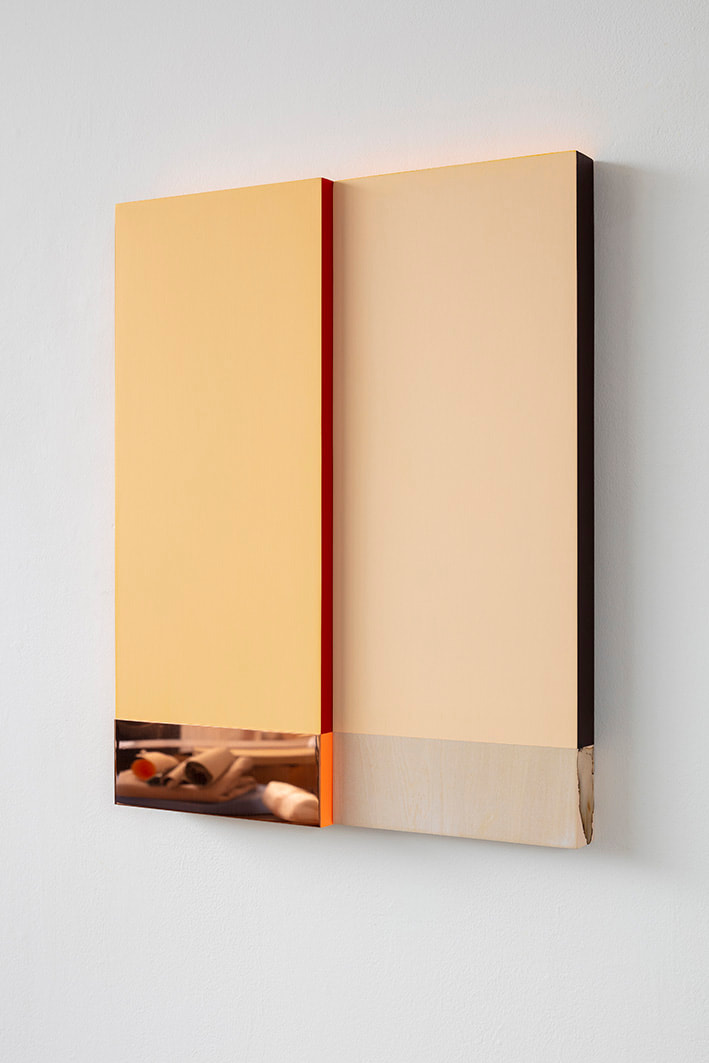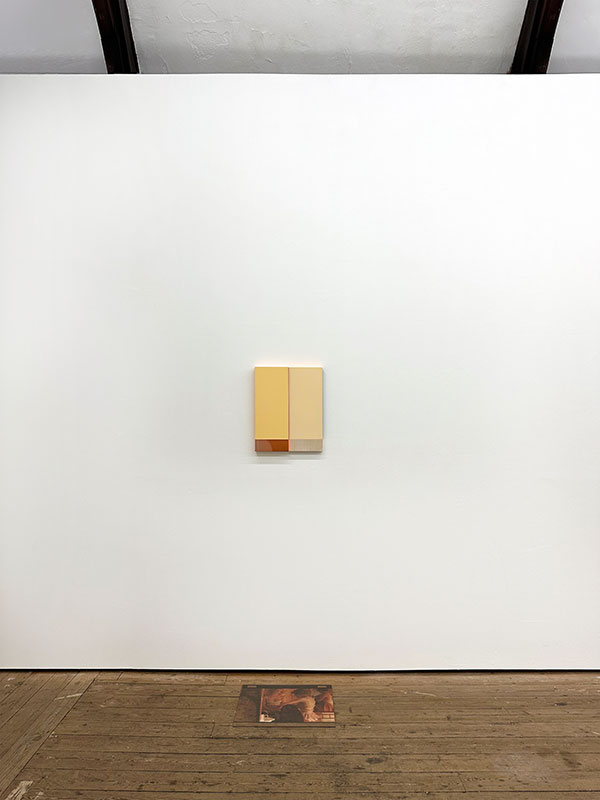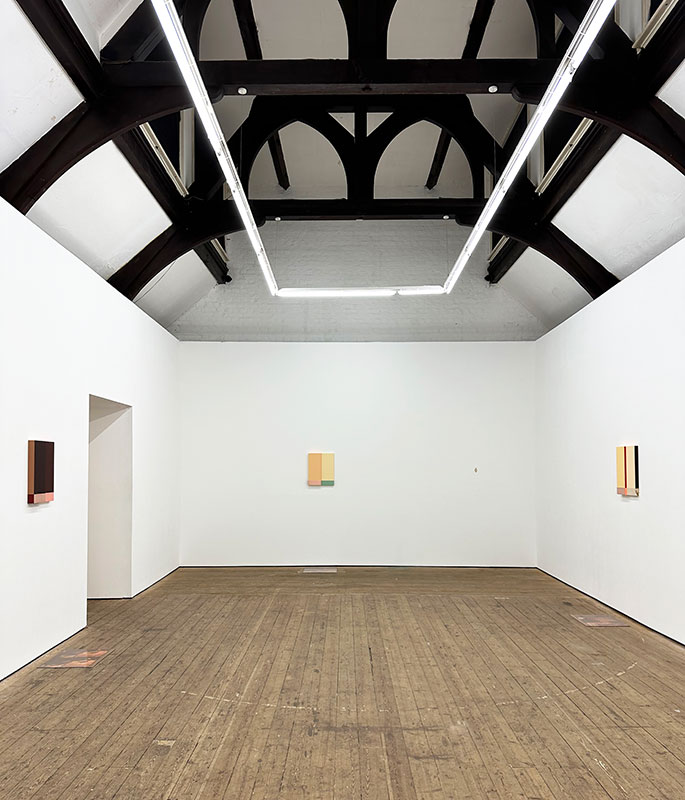Jane Bustin: Pirelli, let me count the ways
23 November 2023 - 7 March 2024
23 November 2023 - 7 March 2024
|
|
Pirelli, let me count the ways, is Jane Bustin's third solo exhibition with Copperfield, which responds to the tire brand's famous pin up calendar.
This exhibition is accompanied by an extended essay by Catherine McCormack. "In 1972, in the midst of the burgeoning second-wave feminist movement, the French photographer Sarah Moon assembled a cast of panda-eyed sad girls in their chignons and peignoirs and photographed them, idly, and melancholically waiting for sex in the Villa des Tilleuls in Paris, a chateau that had formally been the Gestapo headquarters of Nazi occupied France. The resulting images, with their nostalgic soft focus and odour of the nineteenth-century bordello were the basis for that year’s edition of the infamous Pirelli calendar; the first time ever the brand had commissioned a female photographer. Moon’s calendar marked a dramatic departure from the sun-ripened and glistening, pneumatic ‘pin- up’ models on beaches that had become the stock visual identity synonymous with the brand’s notorious calendar, and the acknowledgement of a growing mainstream feminist consciousness, awakened to the ways in which the currency of images in visual culture contributed to the denigration of women in the public sphere. Moon’s Pirelli girls toil over ironing; lounge listlessly in stifling, upholstered rooms; or toy with their petticoats in a powdery dreamscape that the photographer described as ‘dead time’: a space outside of the male gaze. It’s a space in which these women seem to come undone, perhaps in order to reassemble in more authentic ways? Or, perhaps, unsure of what they are meant to do when not held in the traditional framework of the male gaze. Although 1972 saw the calendar’s first woman photographer, this was not the only instance in which the Pirelli brand referenced female creativity. Harry Peccinotti’s 1968 edition mined inspiration from the English Romantic poet Elizabeth Barrett Browning, the author of literature’s first ‘feminist’ poem Aurora Leigh, and the passionate love sonnets that lend this show its name. Seen through a hole in the gallery wall, reminiscent of the voyeuristic ‘peep hole’ of seedy sex-shops, a portrait of Barrett Browning unexpectedly appears as the hidden ‘calendar girl’ who forms the foundation for artist Jane Bustin’s Pirelli, let me count the ways, a project that weaves together the feminist interventions of three creative women in different inter-related historical moments - Elizabeth Barrett Browning, Sarah Moon, and Jane Bustin herself - through the unlikely vehicle of the Pirelli calendar - that most archly masculine fashioning of consumable, erotic femininity. Sliding chronologically from the nineteenth-century to the present, via the 1970s, this temporal arc brings into focus a perennial feminist preoccupation: how to be a woman artist or writer in a world in which images of women have been created neither by, or for themselves? Born in an era in which women’s creative labour and intellectual education were disregarded, Barrett Browning’s 1857 poem Aurora Leigh speaks passionately of a Victorian social order that wanted women to be ‘doting mothers, chaste wives, sublime Madonnas and enduring saints’, and certainly not poets, artists (or anything else for that matter – ‘Ass or angel, 'tis the same: A woman cannot do the thing she ought.’) And yet, this is somewhat at odds with Barrett Browning’s image as the poster girl for a certain type of fashionably doleful femininity; with her tumble of curls, fine dresses, lapdogs, and the sanctified appeal of the delicate invalid whose early demise secured her a place in the romantic canon of aspirational ‘sad girls’, their beauty epitomised in death. It’s an aesthetic that permeates Moon’s 1972 calendar with its sepia-tinged melancholy of silks and chemises, and fragile, doll-like models. Both women can be seen to manipulate the overdetermined codes of stereotypical femininity as an outward facing screen that belies a more destabilising critique within. What then is at stake when the expectations of the surface do not tally with the interior? What is created and what is reconsidered in the space of this disconnect? Bustin’s images seem to pose these questions, translating the powdery excess of Moon’s Pirelli images into abstract minimalist paintings using a palette that exploits the often-undermined visual codes of traditional femininity – the pastel, the pink, the polite – to invite expanded associations around bodies, the ‘feminine’ and female creative labour. The result is a room of painted nudes without bodies, rendered in the visual language of hard-edged constructivist painting that has largely been antithetical to sentiment, sensation, narrative and especially pleasure. As art historian Amelia Jones has suggested, the negation of these qualities has also intersected with a denial of female agency and the possibility of a desiring female spectator. Deceptive codes of feminine softness and passivity expressed in the creamy vanillas, pinks and fleshy toned tans and beiges reminiscent of a rosy Rococo nude are held in surgically precise geometric fields of colour, to become impassive and unyielding, as opposed to inviting. Some ‘months’ are tactile and brazen in their saturated finish and the slick reflective wetness of flashing slits of colour and copper zips; deep maroons suggesting hot-blooded engorgement, as well as the rich auburns of Elizabeth Barrett Browning’s tumbling curls. In others a monochrome blackness rejects eroticization and the process of looking entirely, perhaps a reflection of the ‘dead time’ outside of the gaze that Moon alludes to in her 1972 calendar. Elsewhere, burnt silk hints at the scorching of the curling tong or the iron press in the pursuit of beauty, as well as the potential violence of the desiring gaze. In Study: Pirelli, let me count the ways, this desire is made apparent in the form of a crushed oyster shell stain crystallised over a piece of exquisitely bare limewood to suggest erotic release and the acknowledgement of an embodied male gaze, for whom the Pirelli calendar was traditionally intended. This is minimalist painting that is both affect and form, dense with sublimated multi-layered narratives and discourses concerning the sexual politics of looking and being seen; in other words, content that is contradictory to the history of minimalism as rational, pure, and (so often) steadfastly heroically masculine. Bustin’s nudes present (like Barrett Browning perhaps) another surface that contradicts with the interior, a contradiction that is itself an intentional feminist provocation. As the artist herself says: ‘To make an abstract structural painting with its perceived nod to traditional male logic and intellect and mix it with some spillage, an ejaculation of some messy sex whilst offering a rose-tinted mirror to reflect the passive observers desire - well, that’s just not done.’ The paintings’ Pirelli alter-egos lie installed on the floor, frozen behind screens of rose-tinted glass, still trapped as it were within the limitations of the figurative, a language that has proved insubstantial when it comes to the quest for a framework to express the complexities of female experience. The body, after all, has always been a problem for feminist image making, always already so overloaded with the historical trappings of an objectifying, fetishizing regime of images. The question at the heart of Pirelli, let me count the ways then remains one of language; its contradictions, limitations and possibilities. This was, fittingly, at the heart of many issues that preoccupied feminist art and philosophy in the 1970s, around the time of Sarah Moon’s project, when, broadly speaking, women artists experimented with new forms of visual and symbolic language that allowed them, through various processes and media, to express a female experience beyond how it had been represented in male-oriented culture. In terms of the idealised modernist mode of abstract painting, in the 1970s feminist curator and critic Lucy Lippard identified the development of a ‘sensuous abstraction’ by women artists, that ‘shared minimalism’s bluntness and presence but didn’t cut off all content, all kinaesthetic and emotional associations’. It is this legacy that Bustin’s project can be thought a continuation of; a legacy that remains relatively subject to art history’s amnesia. Writing in 1975, the limitations of language was also very much at the heart of philosopher Hélène Cixous’ theory of écriture féminine, and the search for a means to express feminine difference and the female body in all its complexity, unshackled from the signs and structures of a universalising male culture. Beneath the opaque surface stillness of Bustin’s paintings this rich constellation of references and discourses is distilled. Discourses that remain allusive and multivalent, held in a poetic geometry that although tightly controlled presents us with a painterly feminine language that (to borrow from Cixous), 'does not contain, it carries; it does not hold back, it makes possible.’" Catherine McCormack Each work is accompanied by a floor based archive or reference images, lightly distorted under glass. Opening: Wed 22 Nov - 6-8.30 pm Runs weekly, Wed - Sat, 12- 6pm until 7 March 2024 (Reference and studio images are not for sale and represent an archive only. Every effort has been made to contact the copyright holder for permission) Jane Bustin Through a minimal, concept lead practice that combines traditional techniques with a wide variety of contemporary and historic materials and supports, including aluminium, wood, copper, silk, paper, latex, gesso, ceramics and ready-made objects, Jane Bustin’s paintings are initiated following intense periods of research or collaboration. The work explores the metaphysical potential for painting to 'make visual' philosophical concepts found primarily in literature, as well as music, science, dance and theology. They are presented within the formal constraints of abstraction but subvert this tradition; while not representational in the traditional sense, each decision in making the work is conceptually justified in relation to a particular subject. While minimal in style the works are intensely personal in subject, flying in the face of the masculine dogma of modernist Minimalism. Jane Bustin studied at Portsmouth Polytechnic and lives and works in London. Recent and upcoming projects include Mark Rothko Art Centre (Latvia), and Pirelli, let me count the ways at Copperfield, London (current). Her work has been exhibited internationally, including at Whitechapel Gallery (London), The British Library (London), Jane Lombard (New York), Fox Jensen (Sydney), and her work is included in the collections of Ferens Mjuseum & Gallery, Hull (UK), The Victoria and Albert Museum (London), the Goldman Sachs Collection, and the collection of Frederic de Goldschmidt. Recent institutional acquisitions include Rothko Museum. For Jane Bustin's full CV and further information please click here |
